
Teaching consent to Young children (8 – 12 years old)
This is a website that WE are building together. If you have a question there is no answer to on this site, send it here!

This section was written by specialist professionals with colleagues in mind. Our idea is for this section to act as a resource for anyone who understands the need to deal with an important part of the client's/ patient's/ student's identity - sexuality.

Teaching consent to Young children (8 – 12 years old)

Addressing Young Women's Sexual Health in a Non-Judgmental Way

Pregnancy and Sexuality
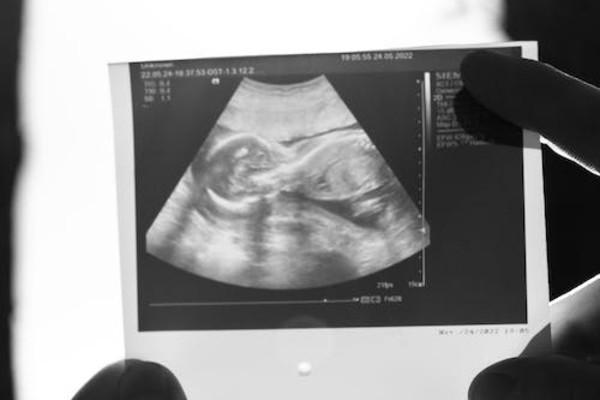
Early Pregnancy Loss and Emotional Counselling with a Patient-Centred Perspective

PEARLS model to talk about Sexuality

9 Principles for Sensitive Talks about Sexuality
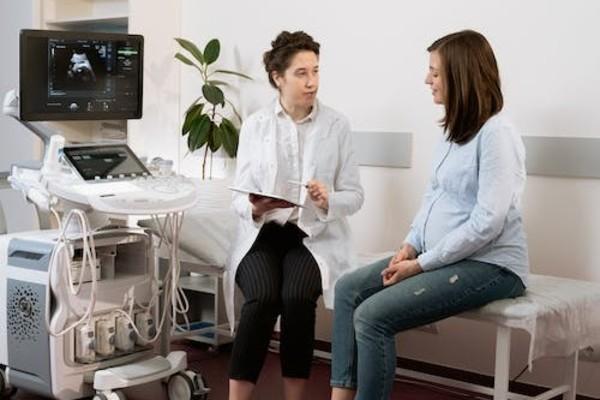
Emphatic Communication

Spina Bifida and Sexuality
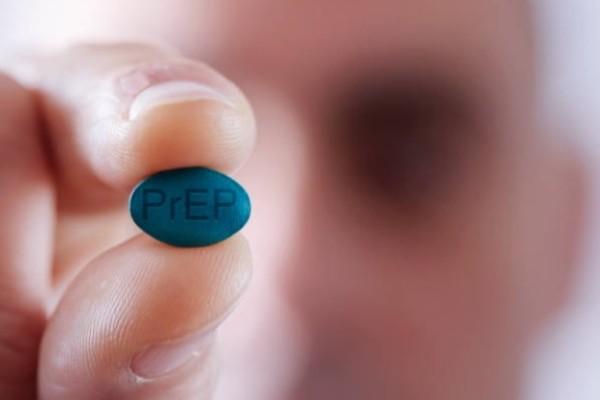
Communication Strategies for Discussing PrEP

Epilepsy and Sexuality

Intercultural Communication

Improving Communication With Sexual and Gender Minority Patients

LGBTQIA+ Community and Health Care Services

The Characteristics of Sex Education Teachers

Comprehensive Sexuality Education and Emotional literacy

Plastic Surgery and Discussion on Sexuality

Sex Education for individuals with Intellectual disabilities
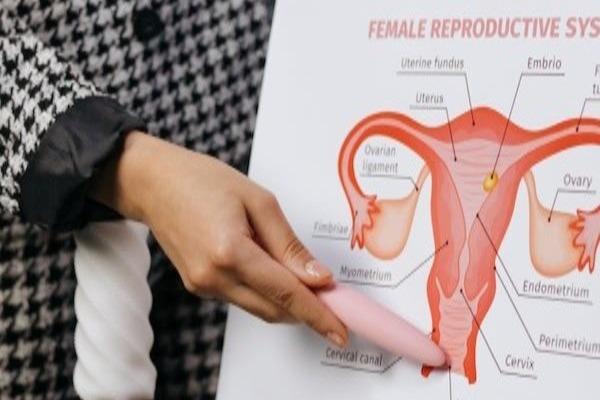
Comprehensive Sexuality Education in Europe

Voluntary Abortion and Professionalism

Heteronormative Sexual Education and the Need for Sexual Education for Males who have Sex with Males

Pre-school Students' Masturbation Behaviors, Teachers’ Attitudes and Early Childhood Education

Teaching Children About Gender Diversity

Teaching consent to older adolescents (13-18 years)

6 Topics that are not usually covered in Sexual education

Feminism and Sexual education

Sex-positive or Sex-negative?

Taboo topics: Masturbation

A Frame for School-based Pornography education

Promoting healthy relationships in Young people

The PANTS lesson plan

The Problem of concepts such as Femininity and Masculinity in Sex education

Chronic Kidney Disease and Sexuality

Facilitators for Patient-centered Communication with Adolescents – part 2

The BETTER model for Sexual assessment in Cancer patients

Sexuality in Young People who have Psychiatric Problems – Part 1

Time management to address Sexual concerns

Alarm Model for the Assessment of Sexual Functioning in Cancer Patients

The Open Communication model of Brenner for patients with Parkinson’s disease

Improve the health care environments for patients with nonbinary/ nonconforming gender identities
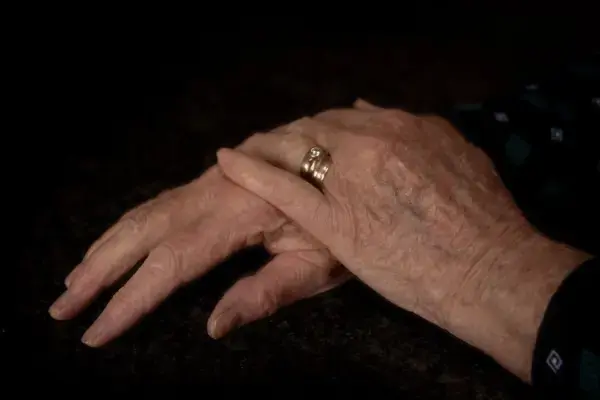
Parkinson’s disease and Sexuality
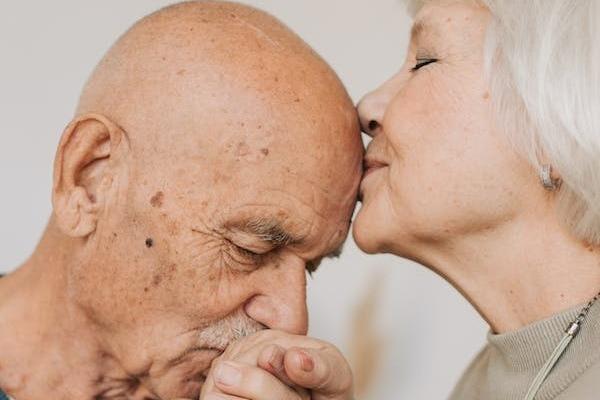
Communication About Sexuality in Advanced Illness and Palliative Care Context

Autistic Spectrum Disorder - Part 2: Practical Tips for Communicaiton

Autism and Sexuality

Intellectual disability and Sexuality – part 2: Sex Education

Irritable Bowel Syndrome and Sexuality

When the doctors talk about sexuality: what are the patient's reactions?

Sexuality in Menopause

Discussing Sexuality with Adolescents and Young adult Oncology patients part 1: specific barriers

Multiple Sclerosis and Sexuality
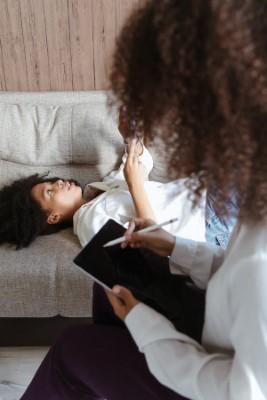
Sexuality in Adolescents and Young Adult oncology patients - part 2: how to improve sexually related health communication

Testicular cancer and Sexuality
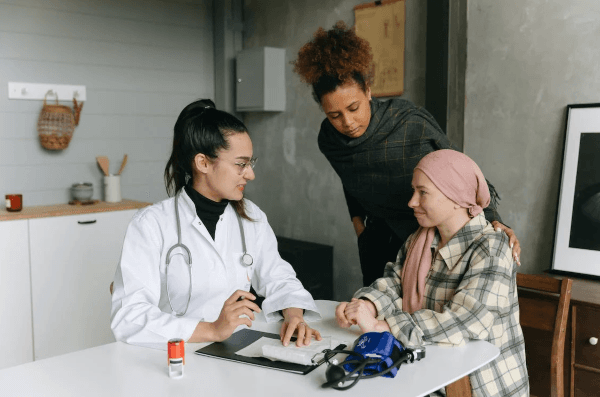
Female cancer and Sexuality Part 1: Clinical inquiry regarding female sexual health

Fibromyalgia and Sexuality
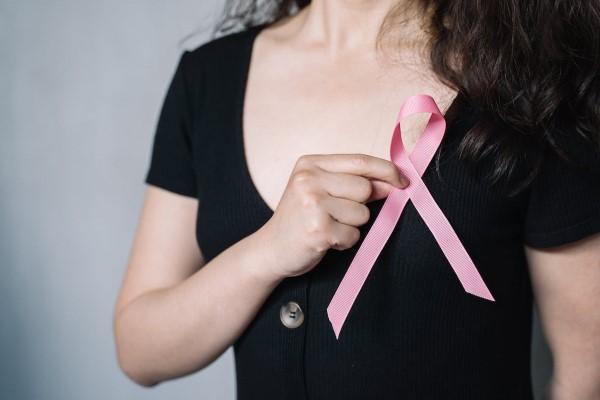
Breast cancer, sexuality and communication

Stroke and Sexuality

Intellectual disability and Sexuality – Part 1: How stereotypes affect the person’s with intellectual disability relationships and sexual attitudes

Female cancer and Sexuality – Part 2: Intervention regarding female sexual health
This is a website that WE are building together. If you have a question there is no answer to on this site, send it here!